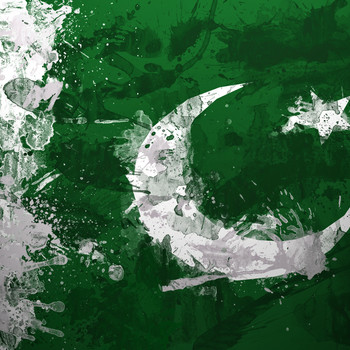What happens in the nephron during secretion or reabsorption?
1 Answer
First of all reabsorption and secretion are two different processes.
Reabsorption
Secretion
Explanation:
Before hoping into answer, first we should know that what the filtrate contains when it leaves the glomerulus?
Well, it contains glucose, amino acids, water, sodium chloride, potassium, bicarbonate ions, creatinine and urea.
Both these processes occur from epithelial cells that line the renal tubules and collecting ducts and both are selective.
Reabsorption:
Reabsoprtion occurs next to filtration. In this process, several components of the glomelular filtrate that are vital for body functioning are transferred back to the blood. It takes place in PCT, Loop of henle, DCT and collecting duct.
- Proximal convoluted tubule:
Here maximum reabsorption of filtrate contents takes place.#PCT# reabsorbs nearly all the useful constituents from glomerular filtrate. It reabsorbs potassium#(K^+)# #65%# sodium cloride#(NaCl)# ,#65%# water#(H_2O)# ,#90%# bicarbonate ions#(HCO_3^-)# , about#100%# glucose and about#100%# amino acids. -
Loop pf Henle:
The descending limb of loop of henle is highly water-permeable and it reabsorbs the water while ascending limd reabsorbs#25%# of sodium chloride. -
Distal convoluted tubule:
It reabsorbs
- Collecting duct:
In collecting duct,
Secretion:
It is caused mainly by active transport and passive diffusion. Usually only a few substances are typically waste products and hence they are secreted into lumen of urinary tubules by tubular epithelium from where they would be excreted from the body. Secretion takes place in following parts of nephron:
-
Proximal convoluted tubule:
A nitrogenous waste product i.e uric along with several organic acids are secreted in PCT. -
Distal convoluted tubule:
Small amounts of hydrogen ions#(H^+)# and potassium ions#(K^+)# are secreted in DCT.
The hydrogen ions balance the#pH# of filtrate passing through tubules.
Hope it helps...

